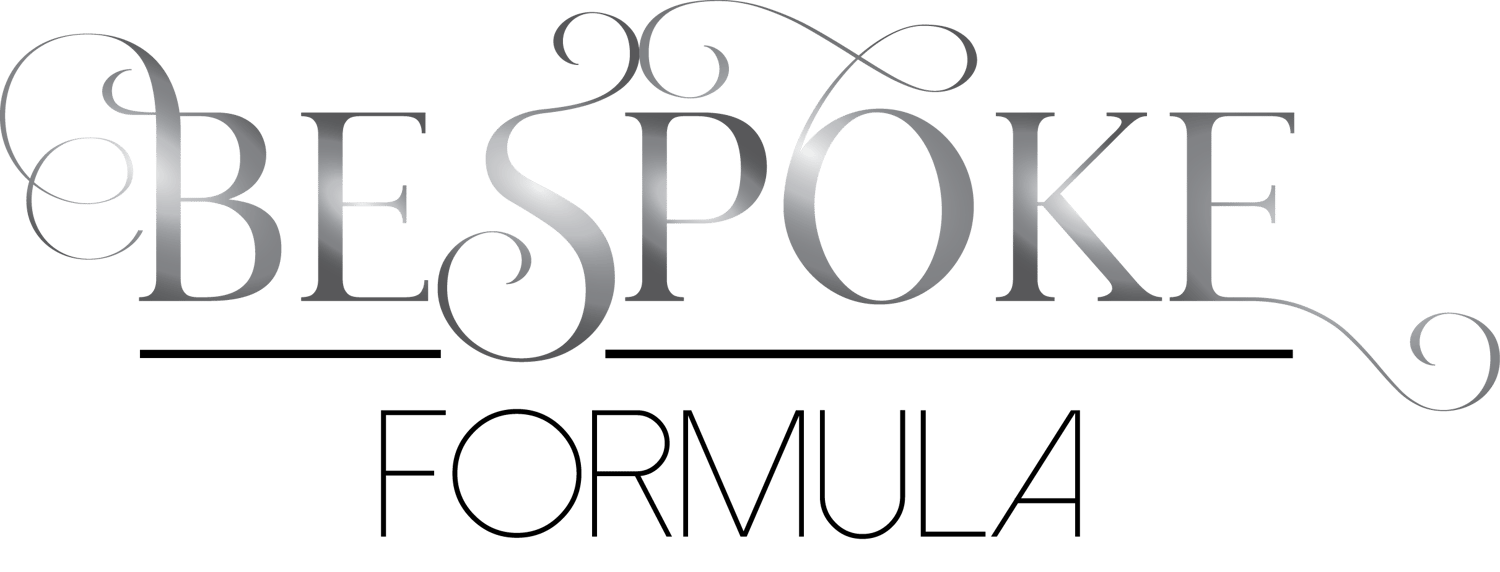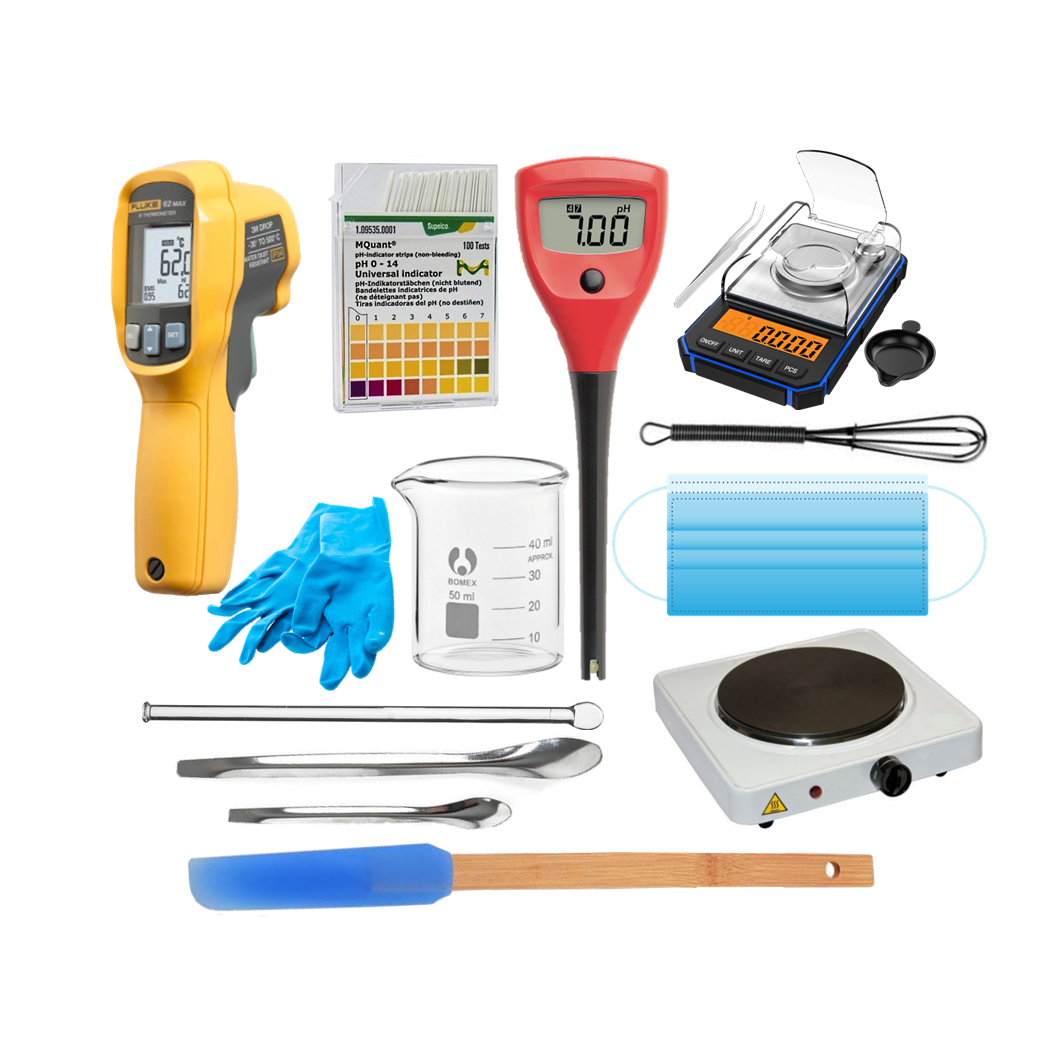So you've never made a skincare or cosmetic product before; or you've only made a few basic items like lip balms and soaps.
Let's start with the basics, and as you progress, you can think about investing in more advanced equipment.
1. DIGITAL WEIGHING SCALE
This is one of the most important pieces of equipment you will require. A DIGITAL weighing scale is required. Although digital weighing scales are more expensive than analogue scales, they provide a more accurate weight reading.
Please DO NOT use the analogue weighing scale you used to measure flour for cakes and cookies. Analogue weighing scales provide less accuracy in measured values, and the accuracy decreases and becomes inaccurate over time.
To begin, look for these top 7 criteria when purchasing a scale.

There are other points (operating temperature, stabilization time, static detection, etc.) to consider when purchasing a digital weighing scale but they are not as critical as the top 7 above at this point, especially when you are just starting out. So, do consider these criteria when purchasing a digital weighing scale.
I have 3 sets of weighing scale (3000g x 0.01g, 1200g x 0.01g and 200g x 0.001g) and it is not necessary for you to have 3 sets as a newbie.

2. SPATULA
When making small batches, a small narrow silicone spatula is ideal. They are widely available on Amazon, AliExpress, eBay, and other online retailers. I've had my fair share of spatulas, and I've discovered that these narrow, silicone spatulas are the best for small batches, and I use them all the time.

3. WHISK
To begin, all you need is a small whisk. You can also get a Norpro Cordless Mini Mixer with 4 attachments, which is very useful. The milk frother is not something I recommend.

4. BEAKERS OR BOWLS
You'll need a few head-proof containers (2-3 at first). A beaker is ideal, especially for small batches, but it is not required. Plastic cannot be used, only borosilicate glass or stainless steel.

5. SPOONS AND STIRRER
To scoop your raw materials and transfer them to a beaker, you'll need several spoons. The stainless-steel lab spoon is inexpensive and widely available in online stores.
Glass stirring rods are ideal for gently mixing small amounts of liquid ingredients.

6. PH STRIPS
Although a pH meter is preferable because it provides greater accuracy than a pH strip, a pH strip is less expensive for home crafters and beginners. A pH meter requires more expensive maintenance. If you want to use the pH strip, I recommend using multiple color indicating strips rather than a single color. It would be preferable if you could afford a pH meter.
A cheap pH litmus paper will not provide an accurate reading.
A post on pH meters and pH strips will be coming soon, so keep an eye out for it.

7. THERMOMETER
Although a digital IR thermometer or a probe thermometer would be ideal, a liquid glass lab thermometer can also be used if you're a beginner. This thermometer has a glass bulb connected to a stem or capillary tube that is a sealed glass tube. Either mercury or methanol dyed in a bright red fills the bulb. When the temperature rises, the liquid in the tube expands and rises; when the temperature falls, the liquid contracts and descends. There are numerous lengths for liquid glass thermometers. Choose one that will be useful to you. A shorter version is less likely to break, and while the longer version is simpler to use in deeper applications where more product is being produced, there is also a greater likelihood that it will fall out if left in a beaker.
The glass thermometer is significantly less expensive than the digital IR and probe thermometer, but because it is made of glass, you must handle it carefully. If you decide to use this thermometer, make sure to purchase one that is filled with alcohol rather than mercury because you do not want to break the glass accidentally and have mercury spill all over your floor or table. I can assure you that mercury travels very easily on hard surfaces, rolls like balls, and becomes

A shorter version is less likely to break, and while the longer version is simpler to use in deeper applications where more product is being produced, there is also a greater likelihood that it will fall out if left in a beaker.
The glass thermometer is much less expensive than the digital IR and probe thermometers, but because it is made of glass, it must be handled with caution. If you decide to use this glad thermometer, make sure it is filled with alcohol rather than mercury, as you do not want to accidentally drop and break the glass, resulting in mercury running around on your floor or table. Believe me when I say that mercury rolls like a ball and travels very easily on hard surfaces, making it difficult to see and extract. Check with your local health authority or read about how to clean up a small mercury spill here and here.
8. HOT PLATE
When making certain products, such as lip balm, you must heat your mixture. You'll need a heating device like a hot plate or heating plate at this point. You might need to heat the mixture in a hot water bath rather than heating it directly on the hot plate, depending on the product you'll be making. To make the hot water bath, all you need is a container that is bigger than your beaker and some water.

These are probably things you already have at home, and you can use them to make your own cosmetics. You don't have to purchase a brand-new set of laboratory hot plates.
9. FACE MASKS AND DISPOSABLE GLOVES
When creating cosmetic products, it's crucial to practise safety, cleanliness, and hygiene to prevent spills and accidental contamination of your finished products.
In many GMP facilities, masks, disposable gloves, hair nets, and lint-free coats are required, but for beginners like you, a mask and a pair of disposable gloves will do.
10. PAPER TOWEL AND RUBBING ALCOHOL
These serve as a means of sanitation and cleaning. A minimum of 70% (rubbing alcohol, 70% isopropyl alcohol, and 30% distilled water) should be used; anything less will not be as effective.
11. PEN AND PAPER
Finally, don’t forget a pen (or pencil) and a notebook. Your notebook is your most valuable tool where you write all your formulas, notes, mistakes, and successes.
So there you have it. Make a checklist and look at what you already have that can be used and what you need to purchase.
Happy learning!



Comments ()